New digital reporting tool created by onX helps users share information to improve public land and water access
Ever since we teamed up with onX to produce our first report on inaccessible public lands in the West, sportsmen and women from around the country have reached out to share stories of hard-to-reach or landlocked hunting and fishing opportunities that they’ve encountered while scouting or in the field. Almost every time, these stories end with a question: How can these situations be resolved?
This week, onX released a new digital tool to report on-the-ground obstacles to public land and water access. Launched in partnership with TRCP as well as Backcountry Hunters & Anglers and the Rocky Mountain Elk Foundation, onX’s Report a Land Access Opportunity platform will allow sportsmen and women to pinpoint areas where access for outdoor recreation is limited or non-existent and to share information that can be used to help improve the situation.
Examples of the types of situations that could be reported include:
- A property currently for sale that could secure new public access to public lands
- Public land parcels that have no legal access routes
- Out-of-place roadblocks, gates or signs that restrict travel to public lands
- Public waters that are difficult or impossible to reach
In addition, private landowners can use the platform to share routes across their property that they allow the public to use to access public lands, or flag areas where they commonly encounter issues with trespassers trying to reach public lands.

Detailed instructions for the submitting an access challenge or opportunity can be found at onX’s website.
No onX membership is required to submit a location. If you use the onX App, you can submit locations directly through the App using the Waypoint Sharing feature. Non-members can sign up for a free App trial or submit locations through the reporting form found here.
When you submit a location, the team at onX will add the location to a database, ensure that the description matches the location, categorize the access situation, and follow up with you if there are any questions. onX will also assess patterns in the data, such as a cluster of reports from a single area, to determine whether there are underlying or systemic causes in a particular region that impede public access. At that point, onX will share the information with the partner organization that best aligns with each project.
“One thing we’ve noted over many years of access work is that there is a mountain of work to do to secure access to many beautiful places and public lands, to open new recreation opportunities near cities and, surprisingly, to secure access to places we already enjoy,” noted onX Founder Eric Siegfried. “We believe the only scalable way to do all this work is to empower people within their community to have a voice and to take action. We thought a good first step was to give people a place where they can easily report an access concern or opportunity, then get connected with the appropriate organization who could help. With that in mind, we’ve created this first iteration of Report a Land Access Opportunity. It’s another small step to achieving this vision, and all of us at onX are excited to see what we can do next with our incredible access partners and you.”
The first round of submissions will be open through December 2020.
Top photo by Kyle Mlynar.

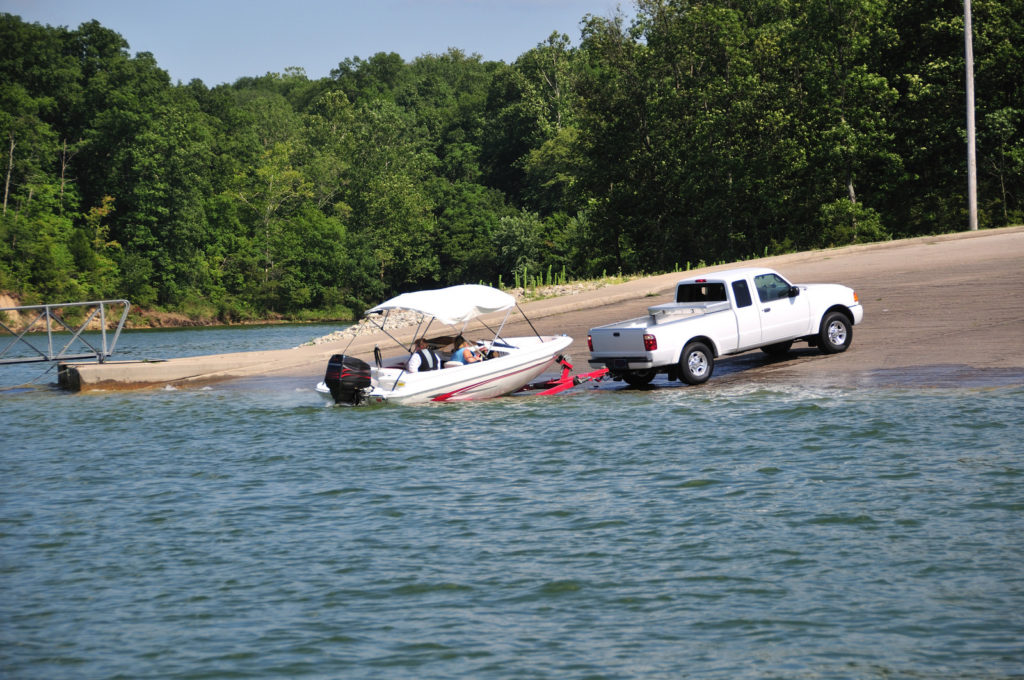
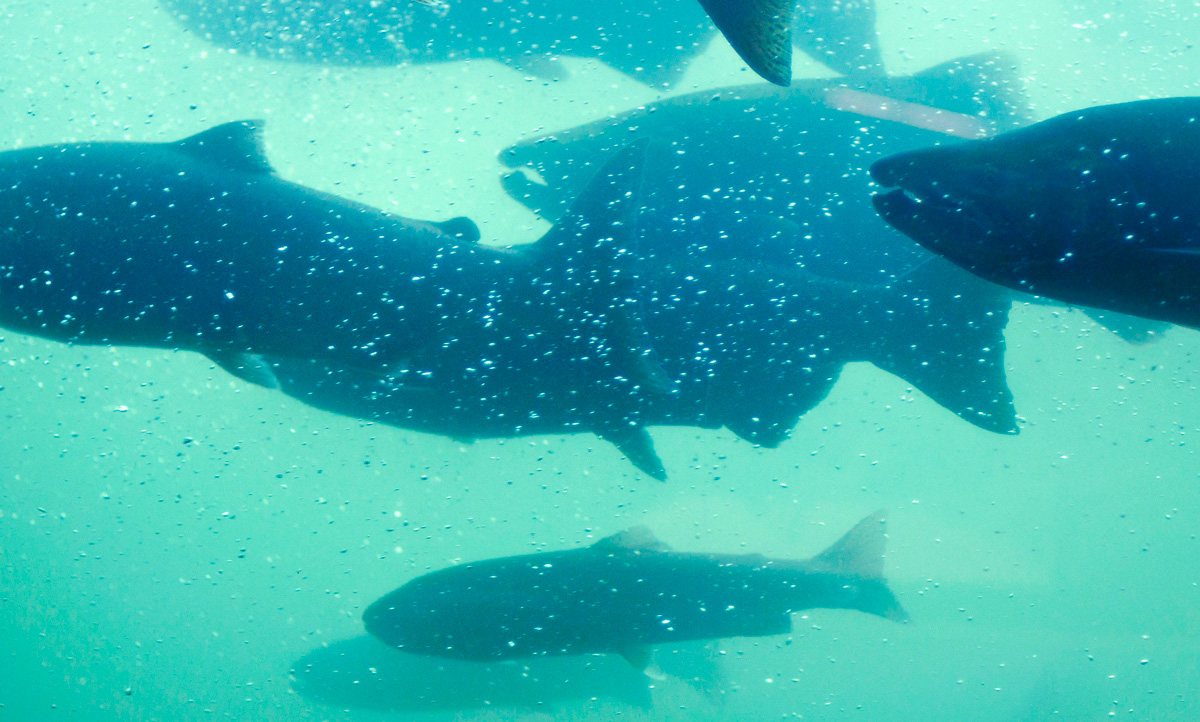
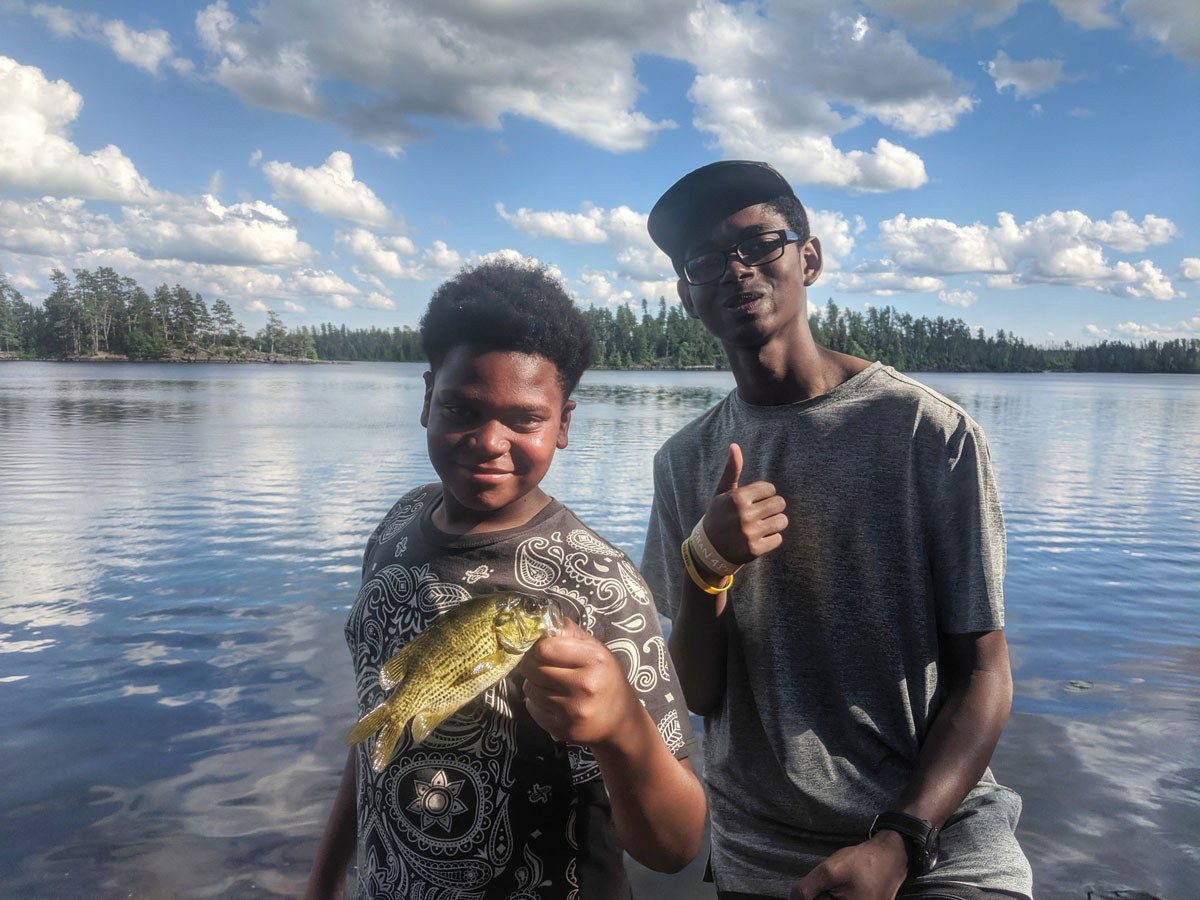

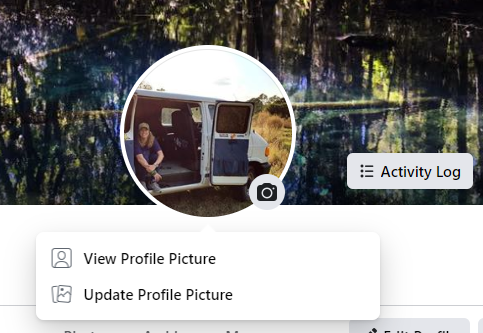
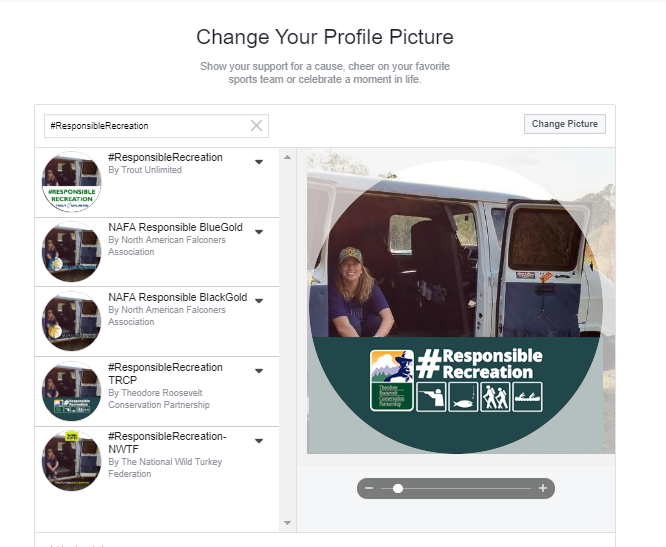






Good tool. Now, are your sharing those posts on available adjacent land or opportunities to establish public access to public waters with state fish and wildllife agencies. A major, long standing issue in Mississippi is that those owning land around natural oxbow lakes are preventing people from accessing those lakes. The issue is that these public lakes are valuable as a duck hunting location and the landowners are leasing the hunting rights to those who pay for the lease. So, when a member of the public does gain legal access and does not pay to lease the hunting rights, the ones leasing the hunting rights get upset, bluff and bully “the nonleasee” and want the fish and wildlife enforcement officers to cite the “offender” for trespassing. We have state laws and Attorney General opinions that state that the public has a right to hunt and fish on public water and all oxbow lakes have been declared public water. One of my questions is why the State of Mississippi is allowing private landowners to lease public water that covers the land these people own. The state should at least get a fee for such private use of public water, like we do for hunting rights/leases of 16th section lands.
God gave us this land🙏
South Carolina has two national forests.the Francis Marion and the sumpter..these lands were open and hunters were allowed to hunt seasons that were approved by legislators.It was used like this until the mid 1970s the us forest service then turned it over to the scdnr .to control..scdnr then divided it into sections,started charging hunters to hunt them.Then roads were closed hunting days were cut out of seasons.we now are told when where and how to hunt.Roads are blocked off and in terrible shape..The scdnr has completely ruined and totally mismanaged the forest. We should have unlimited access to these lands and also get rid of pay to hunt. They were set aside so sc residents would always have a place to hunt and fish
Scdnr is doing everything in its power to run the hunters off.it never should have been turned over to a state agency to run..SCDNR makes. Its own rules and regulations to generally keep the hunters out..Not a damn politician will help us.contact the US. Forest service and all they say is scdnr makes the rules
There is a whole hidden layer of public access that can be opened up with a little research. Easements abound to public land. Old county roads, mine to market routes, and stand alone easements are buried in the titles of many landlocked public lands. Goldmine of hidden access